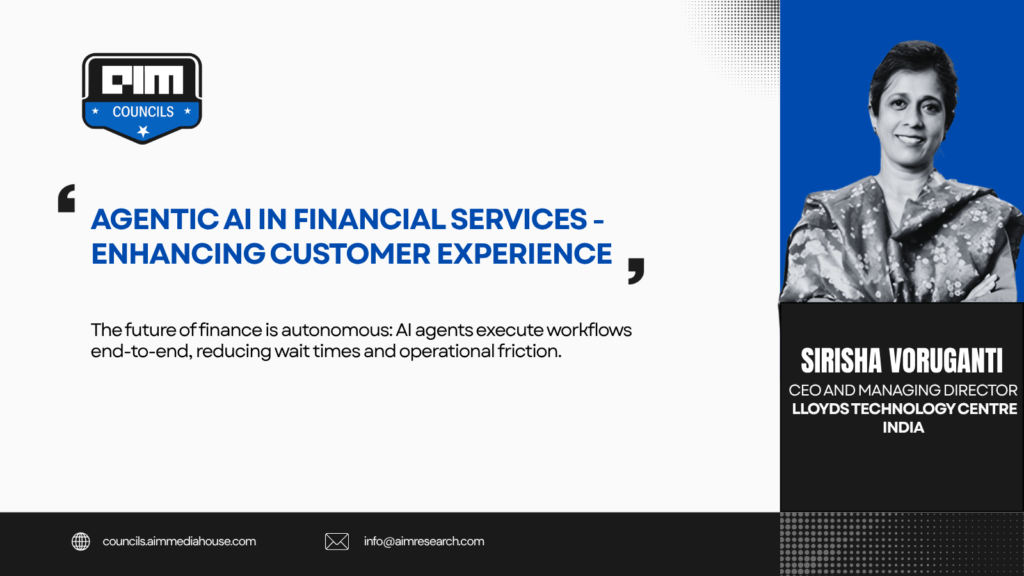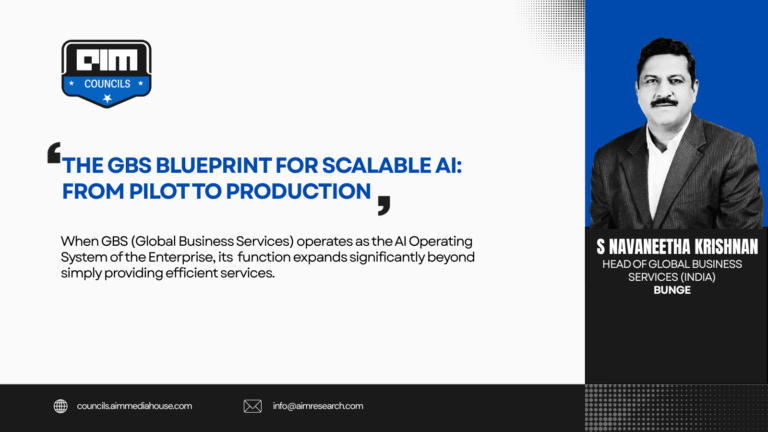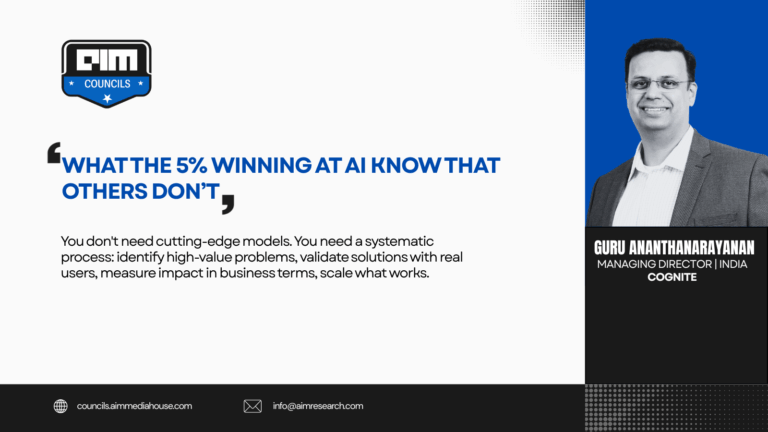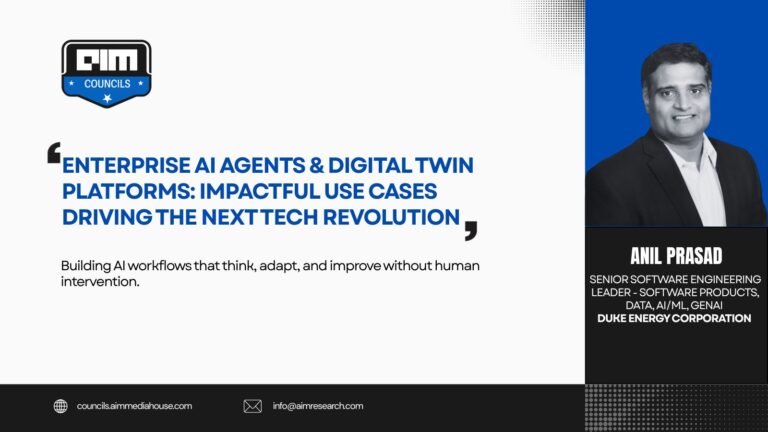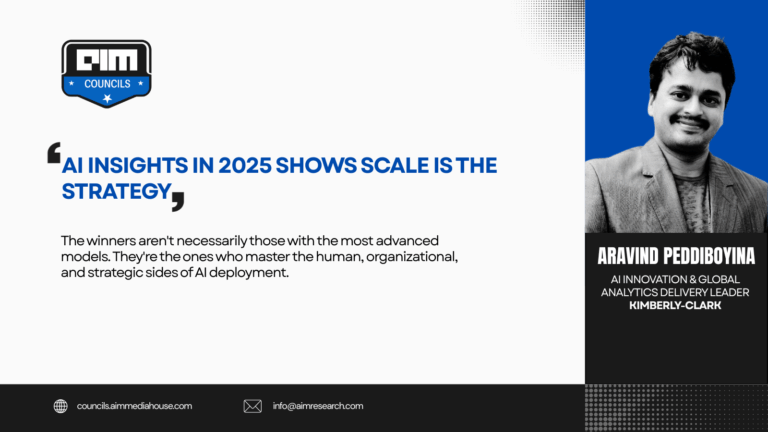Financial institutions are experiencing a gap between what customers expect and what traditional operations can deliver. Customers now demand instant account access, real-time fraud alerts, personalized financial advice, and 24/7 support, all delivered seamlessly across mobile, web, and voice channels. These expectations have shifted dramatically, yet most banks continue operating with processes designed for a different era.
Traditional human-driven processes struggle to bridge this gap. Manual workflows create delays during peak transaction periods. Customer service representatives handle increasing case volumes while attempting to provide personalized attention. Back-office teams spend significant time on repetitive verification, data entry, and reconciliation tasks. These operational constraints result in longer wait times, inconsistent service quality, and escalating costs that burden institutions without proportionally improving customer satisfaction.
Adding to the challenge, critical customer data remains scattered across departmental systems, preventing teams from accessing the complete information needed to deliver truly personalized experiences.
Agentic AI: An Emerging Solution for Modern Banking Challenges
Agentic AI combines decision-making capability with adaptability, offering a powerful response to today’s operational limitations. It operates autonomously to execute complex workflows, from interpreting customer requests to completing multi-step processes with minimal human oversight. This technology enhances responsiveness by accelerating processing times, improves efficiency by automating both routine and sophisticated tasks, and enables personalization by synthesizing data across organizational systems to provide comprehensive customer insights.
Financial institutions implementing agentic AI are achieving substantial reductions in response times across customer operations and compliance processes. Current deployments demonstrate processing speeds that are 40% faster than traditional methods, fundamentally changing how banks handle both customer-facing services and internal workflows. These improvements stem from agentic AI’s ability to operate autonomously across complex, multi-step processes without requiring constant human intervention or manual handoffs between departments.
Banks are directing significant portions of their annual technology budgets toward platform readiness and workforce upskilling for these autonomous systems. This investment extends beyond software implementation to include infrastructure modernization, data architecture improvements, and comprehensive training programs that prepare employees to work alongside AI agents. The focus on upskilling reflects an industry-wide recognition that maximizing agentic AI benefits requires human teams who understand how to leverage these tools effectively, manage their outputs, and identify appropriate use cases for deployment.
Strategic partnerships with AI technology providers have intensified as institutions work to expand these capabilities through reinforced learning models and improved data integration approaches. Major banks are collaborating with technology leaders including OpenAI, Anthropic, Google Cloud, and Microsoft to access cutting-edge AI models while simultaneously developing proprietary systems tailored to their specific operational needs. These research-level collaborations provide financial institutions with early visibility into emerging AI capabilities, allowing them to anticipate technological shifts and prepare their organizations accordingly. The partnerships also facilitate continuous improvement of AI systems through feedback loops, where real-world banking applications inform model refinements and capability enhancements.
Wells Fargo’s partnership with Google Cloud to deploy Google Agentspace across its entire organization demonstrates operational acceleration at scale. The bank’s agentic AI implementation automates foreign exchange post-trade inquiries and manages contract processes for over 250,000 vendor agreements, tasks that previously required extensive manual review and coordination. The system also handles routine customer service requests including balance inquiries and card replacements, delivering what the bank describes as “24/7 hyper-personalized customer experiences” with significantly reduced customer wait times. This enterprise-wide deployment, announced in 2025, frees banking professionals to focus on complex advisory work while autonomous systems manage routine operations continuously.
Balancing Innovation and Responsibility in Agentic AI Adoption
Agentic AI in financial services has moved beyond experimentation to widespread adoption, despite ongoing challenges around data privacy, transparency, ethical representation, and integration with pre-existing infrastructure. The technology’s rapid uptake reflects favorable conditions: abundant engineering talent, supportive learning ecosystems, and broad access to cross-domain data skills that enable banks to deploy autonomous systems effectively.
The financial rationale is substantial. Business cases from large Tier-1 banks demonstrate up to 40% cost reductions, revenue increases ranging from 10% to 25%, and returns exceeding three times those of traditional AI tools. End-to-end workflow execution capabilities are delivering measurable returns within two years of implementation, validating the significant technology investments financial institutions are making.
However, this acceleration requires careful management. The autonomous decision-making capabilities that make agentic AI powerful also introduce risks that demand robust oversight mechanisms. Banks must address questions of algorithmic transparency, ensure compliance with evolving regulations, and maintain accountability for decisions made by AI systems operating independently.
The next phase of agentic AI development will emphasize empathy-driven solution frameworks, requiring engineers to develop new competencies beyond technical implementation. This evolution demands continued upskilling, enhanced cross-functional collaboration, and comprehensive reimagining of customer journeys that balance automation’s efficiency with the human understanding that remains central to financial services relationships.

